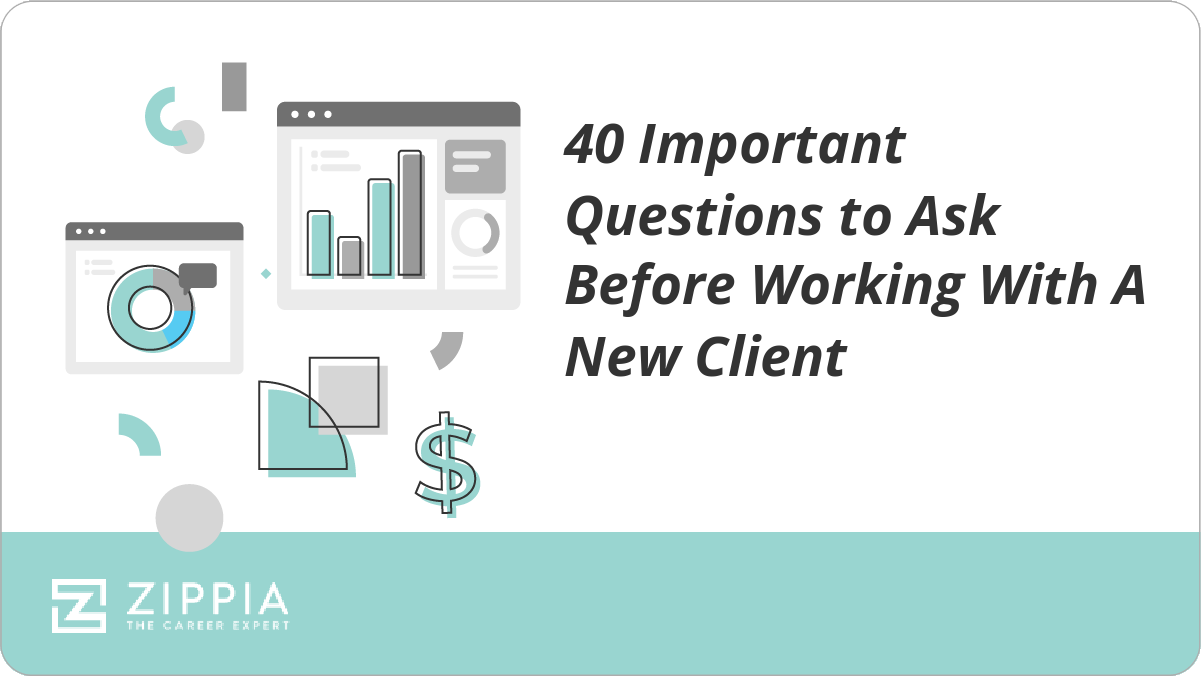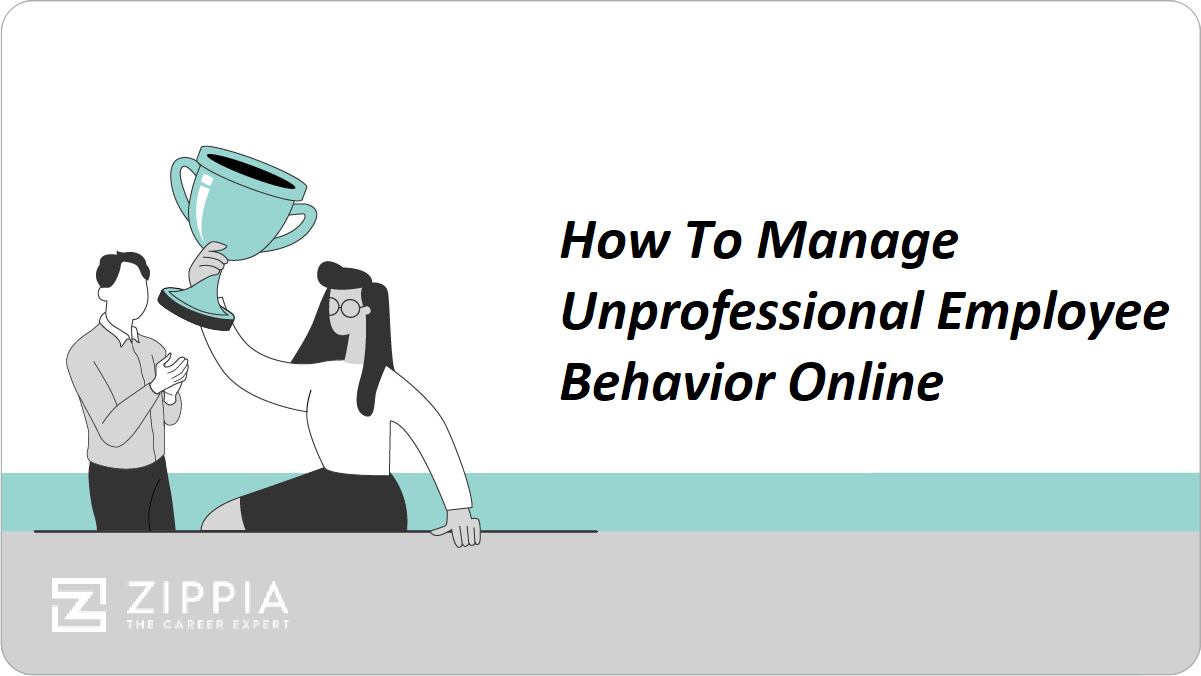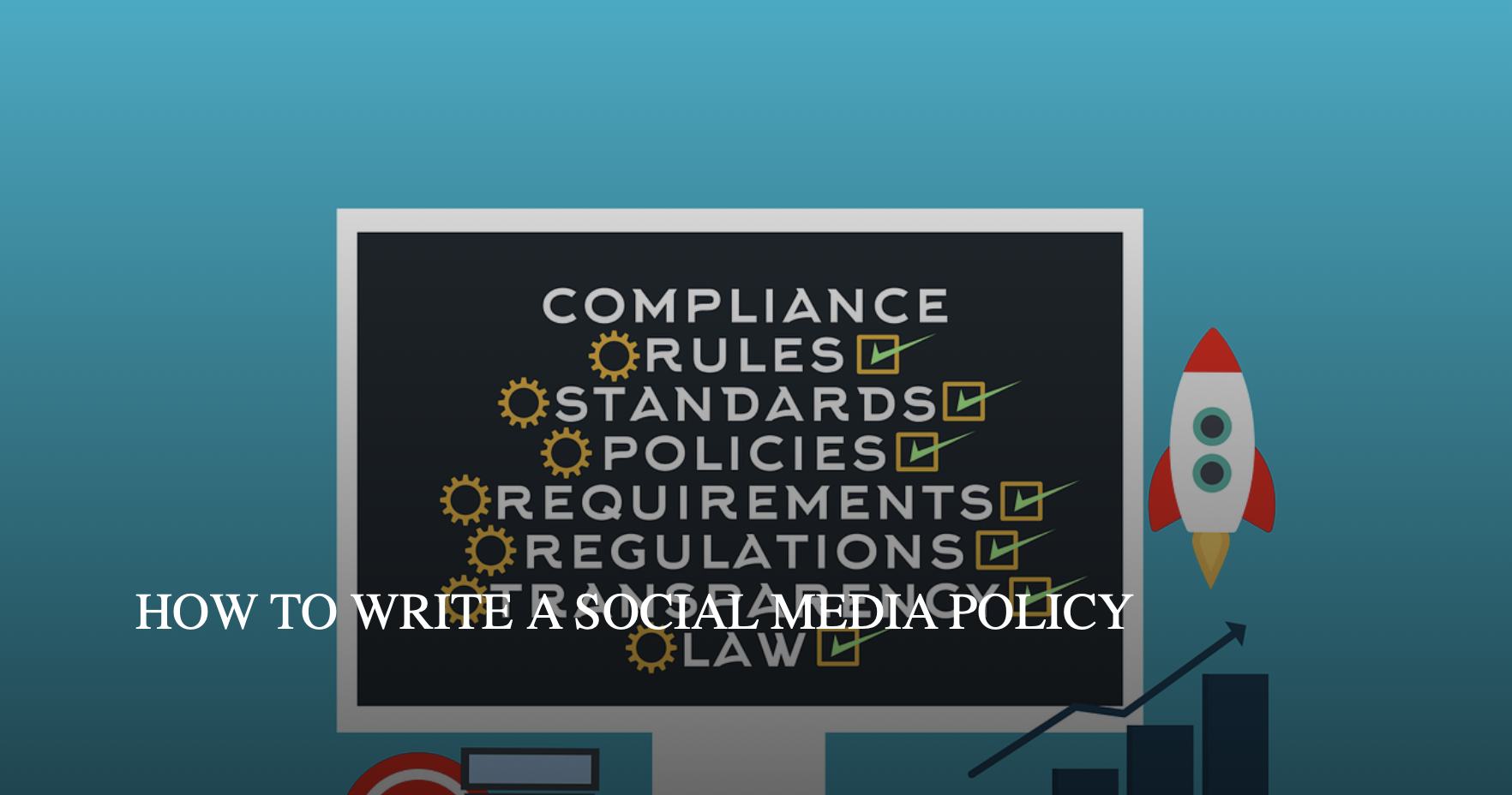Summary. A human resource strategy is how a company approaches its human resource policies so that they are in sync with organizational objectives. Creating one requires an understanding of these overall objectives, as well as the needs of the human resource department.
For a company to achieve success, it needs the best employees possible. How you define success and what makes an employee “the best” depends on your goals as a company. That is why you need to take a strategic approach to your human resources.
You want to make sure that your hiring, training, and career development policies will attract and retain employees who are best suited for your needs. If you are not strategic, then your policies may conflict or build a workforce that hampers productivity and growth.
Key Takeaways
-
A human resource strategy takes into account staffing, compensation, legal regulations, and employee-management relations.
-
A human resource strategy increases employee engagement and reduces turnover.
-
Use a SWOT analysis (strengths, weaknesses, opportunities, and threats) to determine the current state of your human resource capabilities.
-
Human resource strategies are long-term processes that should not be sacrificed for quick and easy solutions.
What Is a Human Resource Strategy?
A human resource strategy is the process by which an organization aligns its human resource needs with its business objectives. In short, it is the human resource component of an overall business plan that provides the necessary workforce to achieve success.
Human resources have traditionally been a reactive part of an organization’s behavior, but a human resource strategy is a proactive approach to define how an organization will maximize its potential through its workforce. This is achieved through policies that create uniformity in human resources to complement an organization’s goals.
Your human resource strategy has a long-term impact on the type of people you build your organization around. It is important that your company has a human resource strategy that stays up to date to meet ever-changing business goals.
Components of a Human Resource Strategy
A human resource strategy is built around the primary activities of human resources, which are:
-
Staffing. This is how your company attracts, hires, trains, develops, and retains your workforce. It is essential your employees have the appropriate set of skills, experience, and personalities in line with your organization’s mission and values to ensure productivity.
-
Compensation. A human resource strategy figures out how salaries, wages, commissions, bonuses, and any other form of compensation will affect both the engagement of its workforce and the budget constraints of the company.
-
Safety, health, and inclusion. To stay legally compliant, the human resource department has to make sure it stays up to date with all safety and health regulations. This is also important for the welfare of the employees who need to feel safe in their work environments.
-
Employee labor relations. The overall goal of a human resource strategy should be to maintain a positive relationship between an employer and its employees. Your company will want to provide a formalized system that builds confidence in any discussion between management and employees.
Additionally, a human resource strategy has to take into account the following elements:
-
HR Budget. Human resource strategies are costly and have to work within the bounds of their budget.
-
Current industry and economic trends. This is important to keep the human resource strategy realistic and relevant.
-
The organization’s mission and values. A human resource strategy needs to align with the company’s business strategy which will be influenced by its mission and values.
The Importance of Human Resource Strategy
An effective human resource strategy provides many benefits to an organization, including:
-
Increased accountability. A uniform approach to human resources creates policies and procedures that promote fair behavior between employers and employees. This is because everyone is expected to adhere to the same rules and treatment.
-
Increased employee engagement. Employees are more likely to be engaged in their work when they feel their welfare is taken into account in company policy.
-
Reduced employee turnover. Along with increased engagement, employees are less likely to leave their current employers when the organization has a fair human resource policy.
-
Increased productivity. Accountability and engagement incentivize better work habits that manifest into increased productivity.
-
Resilience to economic changes. A company that has proactively thought out its human resource policies will be at a better advantage in dealing with changes in the economy.
-
Improved employee relations. A well-thought-out human resource strategy considers the needs of the employees within the scope of a company’s business strategy. This provides a healthy outlet for inter-employee and employee-management relations.
-
Increased compliance with safety and legal regulations. A human resource strategy is a chance for a company to review its compliance policies and update them when necessary. This helps avoid legal and regulatory penalties.
No organization should discount the importance of its human resource strategy. It is an opportunity to provide your company with the policies and procedures that help improve its growth, productivity, and market share.
How to Develop a Human Resource Strategy
Developing a human resource strategy requires the following steps:
-
Understand business objectives. A human resource policy optimizes the workforce to align with the goals of the business, so the first step is to understand those goals. You need to work with executive management and human resources to figure out how short-term objectives play into the long-term mission.
This includes what level of success your organization’s goods or services have achieved in the past and present, as well as their potential for the future.
-
Evaluate workforce and human resource policies. Take a look at who makes up your workforce. Specifically, define the roles and required skills needed at each position. You also want to understand what are your current human resources policies before you decide to change them. Review how the policies influence your current workforce and the ability to hire new employees.
-
Perform SWOT analysis. The SWOT analysis will be the framework you build your human resource strategy around. SWOT stands for strengths, weaknesses, opportunities, and threats.
Once you have an understanding of your workforce and human resource policies, you will want to use the SWOT analysis to identify areas of improvement. Use your strengths to build on opportunities. At the same time, tackle your weaknesses to mitigate threats.
-
Consider future human resource needs. After a SWOT analysis, you will want to project this knowledge into the future and tie it to your organization’s business objectives. Consider the economic trends your company wants to capitalize on. Then, decide the role your human resource department must play. You will want to decide on factors such as:
-
The type of positions that meet priorities.
-
The skills needed to perform the roles effectively.
-
Whether your current workforce is sufficient or additional hires are needed.
-
Training and professional development opportunities to strengthen the workforce.
-
-
Create human resource objectives that align with business strategy. Your human resource needs will inform your objectives. This is the heart of your strategy. Prioritize which needs are most important to your business. Create a time-bound human resource game plan that complements the time requirements of your business.
-
Implement and evaluate strategy with predetermined metrics of success. When you implement your human resource strategy, make sure all stakeholders have been consulted and made aware of the changes. This will help create a uniform rollout. Your strategy should use key performance indicators (KPIs) that monitor whether or not your strategy is working.
Human Resource Strategy Best Practices
A human resource strategy will be effective if it considers the following best practices.
-
Be collaborative. A human resource strategy needs the insight of the human resource department, along with executive management, so that it aligns with the overall goals of the organization. This needs to be a conversation, not a top-down directive, nor an independent initiative created by an isolated group.
-
Define success and be specific. Know what your desired end result should look like and make adjustments accordingly. Key performance indicators (KPIs) will monitor the results of your human resource strategy. This will allow you to acknowledge the strengths and weaknesses of your plan.
-
Be realistic based on current and future resources. Although, in general, lofty goals can provide direction and inspiration, they are not appropriate for human resource strategies. You want success grounded within the reality of your environment. This means you must clearly understand your budget and your time constraints.
-
Communicate and engage stakeholders to create buy-in. A human resource strategy is going to affect the entire company, so be mindful of how they will respond. Let your workforce know how the strategy was developed and why. Give your workforce the opportunity for feedback. This will avoid resentment that comes from a policy that is imposed without consideration.
-
Don’t forget the basic duties of human resources. You may want to use your human resource strategy to innovate your organization’s workforce. While this can be a legitimate goal, it will be irrelevant if your human resource department sacrifices essential functions, such as making sure all necessary tax documents are signed by employees.
-
Avoid sacrificing strategy for “quick fixes.” This is a long-term process, which means it is vulnerable to short-term challenges along the way. You may find that some of these challenges could be solved with reactive solutions. However, these solutions might ignore the aims of your strategy.
Human Resource Strategy FAQ
-
What are the types of human resource strategies?
There are many different types of human resource strategies that can be broadly defined as overarching strategies and specific strategies. Overarching strategies consider how human resource policies relate to the entire welfare of an organization.
Examples of overarching human resource strategies include improving employee-management relations, creating mission-driven employee initiatives, and developing the company culture.
Specific strategies, meanwhile, target certain human resource functions that can improve the company. Examples of specific human resource strategies include attracting new talent, providing career development opportunities, and updating compliance policies.
-
What are the three phases of human resources?
The three phases of human resources are hiring, employment, and termination. All three phases reflect the time an employee spends with a company.
The hiring phase is how a company acquires its workforce and includes strategies such as recruitment, application assessment, and onboarding. The employment phase is how human resources help employees work their best. This includes training, professional development, and evaluations.
The termination process comes at the end of an employee’s time with a company. It involves exit interviews, severance, and the return of company property.
-
What makes a good human resource strategy?
A good human resource strategy is one that creates the most effective workforce for an organization’s goals. Every organization has different goals, so every organization’s human resource strategy will look different. However, there are certain key qualities that make up a good strategy. They are:
-
Clearly defined goals and definitions of success.
-
Key performance indicators that monitor and evaluate the strategy.
-
A collaboration between all stakeholders.
-
A strategy that complements the organization’s mission and values.
-
-
What are the five P’s in human resources?
The five P’s in human resources are purpose, principles, processes, people, and performance. Purpose stands for what drives the human resource team. Principles are what the human resource team philosophically believes in.
Processes are the policies and procedures the human resource team enacts to achieve their goals. People are the employees and other stakeholders that human resources must take into consideration. Performance is how the human resource team analyzes the success of its goals and the behavior of the employees.
References
- Workplace Policies
- How To Make An Equipment Policy
- Employee Break Laws
- Business Process Management
- Diversity in the Workplace
- Federal Holidays 2023
- Cell Phone Policy
- Attendance Policy
- Dress Code Policy
- Writing a Code of Conduct
- Company Mission Examples
- Putting Values Into Action
- Workplace Etiquette
- How to Reward Employees
- Employee Handbook
- Alternatives To All-hands Meetings
- Workplace Diversity
- Diversity Vs. Inclusion
- How To Outsource HR
- Strategic Planning
- Guide to Remuneration
- Bereavement Leave At Work
- How To Make A Sabbatical Policy
- How To Make A Moonlighting Policy
- How To Make An Open Door Policy
- How To Make A Human Resources Strategy
- How To Make A Vacation Policy
- How To Make A Remote Work Policy
- How To Create A Compensation Plan
- How To Organize Your Desk
- What Is Business Sustainability?
- How To Handle Proprietary Information
- Pets In The Office Policy
- How To Write A Social Media Policy
- How To Write Company Bylaws
- What Is VTO?
- Flexible Work Schedules





